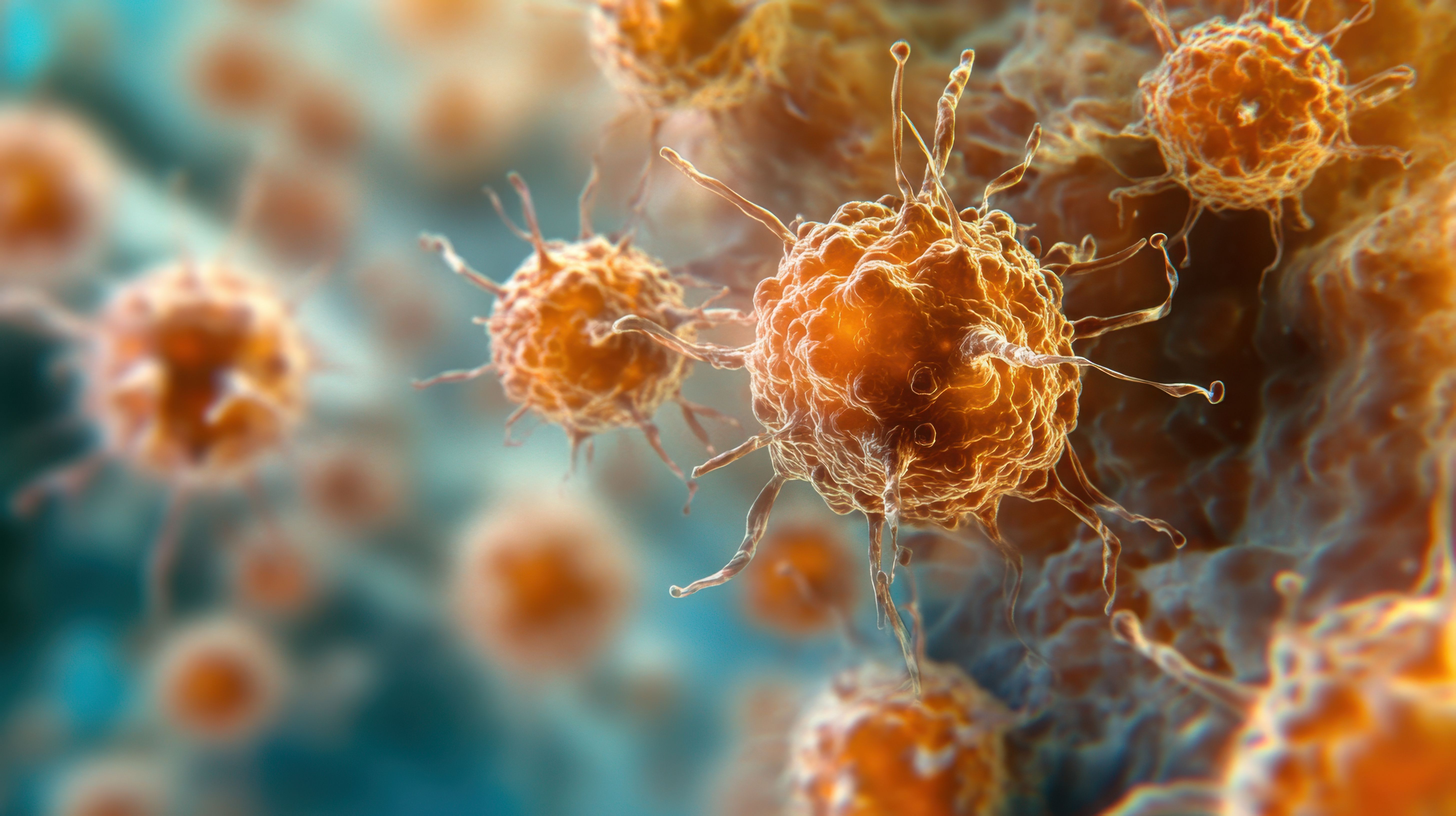Article
Nanoparticles Offer Cancer Drug Delivery with Fewer Side Effects
Author(s):
Nanoparticles can change shape to gain entry into diseased tissue and reduce the toxic effects of chemotherapy.
Researchers at the University of Toronto Faculty of Applied Science & Engineering have developed a new molecular delivery system with the potential to reduce the toxic effects of chemotherapy by targeting tumors directly.
This new system involves a set of designed nanoparticles that are attached to strands of DNA and can change shape in order to gain entry to diseased tissue.
"Your body is basically a series of compartments," said researcher Warren Chan. "Think of it as a giant house with rooms inside. We're trying to figure out how to get something that's outside, into one specific room. One has to develop a map and a system that can move through the house where each path to the final room may have different restrictions such as height and width."
Since all cancers are different and react differently to treatments, researchers wanted to explore how factors such as size, shape, and surface chemistry could affect the delivery of small molecules and nanotechnologies to tumors.
"We're making shape-changing nanoparticles," Chan said. "They're a series of building blocks, kind of like a LEGO set."
This targeted delivery system uses modular nanoparticles that are able to alter themselves from the presence of specific DNA sequences.
"We were inspired by the ability of proteins to alter their conformation -- they somehow figure out how to alleviate all these delivery issues inside the body," Chan said. "Using this idea, we thought, 'Can we engineer a nanoparticle to function like a protein, but one that can be programmed outside the body with medical capabilities?'"
Although researchers see promise with this new approach, there is still the issue of how to deliver enough of the nanoparticles to the cancer in order to have an effective treatment.
"Here's how we look at these problems: it's like you're going to Vancouver from Toronto, but no one tells you how to get there, no one gives you a map, or a plane ticket, or a car -- that's where we are in this field," Chan said. "The idea of targeting drugs to tumors is like figuring out how to go to Vancouver. It's a simple concept, but to get there isn't simple if not enough information is provided.
"We've only scratched the surface of how nanotechnology 'delivery' works in the body, so now we're continuing to explore different details of why and how tumors and other organs allow or block certain things from getting in," Chan added.
Researchers are planning on using this new delivery system towards a more personalized nanomedicine in order to have the drugs deliver to specific type of tumor only.
Newsletter
Stay informed on drug updates, treatment guidelines, and pharmacy practice trends—subscribe to Pharmacy Times for weekly clinical insights.





